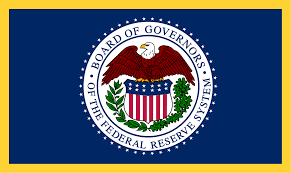The Federal Reserve on Wednesday announced it will begin to wind-down a bond-buying program designed to prop up the economy during the pandemic.
The Fed started buying trillions of dollars of bonds right when the pandemic struck in early 2020, eventually slowing the pace to $120 billion per month in June 2020. The central bank’s balance sheet has topped $8 trillion.
Last December, the Fed said it would continue to buy bonds until the economy had made “substantial” progress towards its goal of stable 2% inflation and a healthy labor market
In a statement Wednesday, the Fed said it would reduce the pace of purchases by $15 billion per month.
The central bank stressed tapering is not on a preset patch. The FOMC “is prepared to adjust the pace of purchases if warranted by changes in the economic outlook.”
If the Fed proceeds at the pace set out, it would complete the bond-buying program in the middle of 2022.
Bond-buying lowers long-term interest rates and has been a signal to markets the Fed isn’t going to raise short-term interest rates
The eight-month tapering timeline gives the Fed time to see if inflation pressures subside.
In many ways, investors and economists are looking past the Fed’s taper.
The Fed’s biggest challenge is the surprising jump in inflation this year. Some economists worry the central bank will be “behind the curve” and want the central bank to quickly raise short-term interest rates.
In its policy statement, the Fed repeated that it views higher inflation readings as “transitory.”
“Inflation is elevated, largely reflecting factors that are expected to be transitory. Supply and demand imbalances related to the pandemic and the reopening of the economy have contributed to sizable price increases in some sectors,” the statement said.
The Fed’s short-term rates are now near zero. Markets are pricing in two quarter-point rate hikes in 2022.













